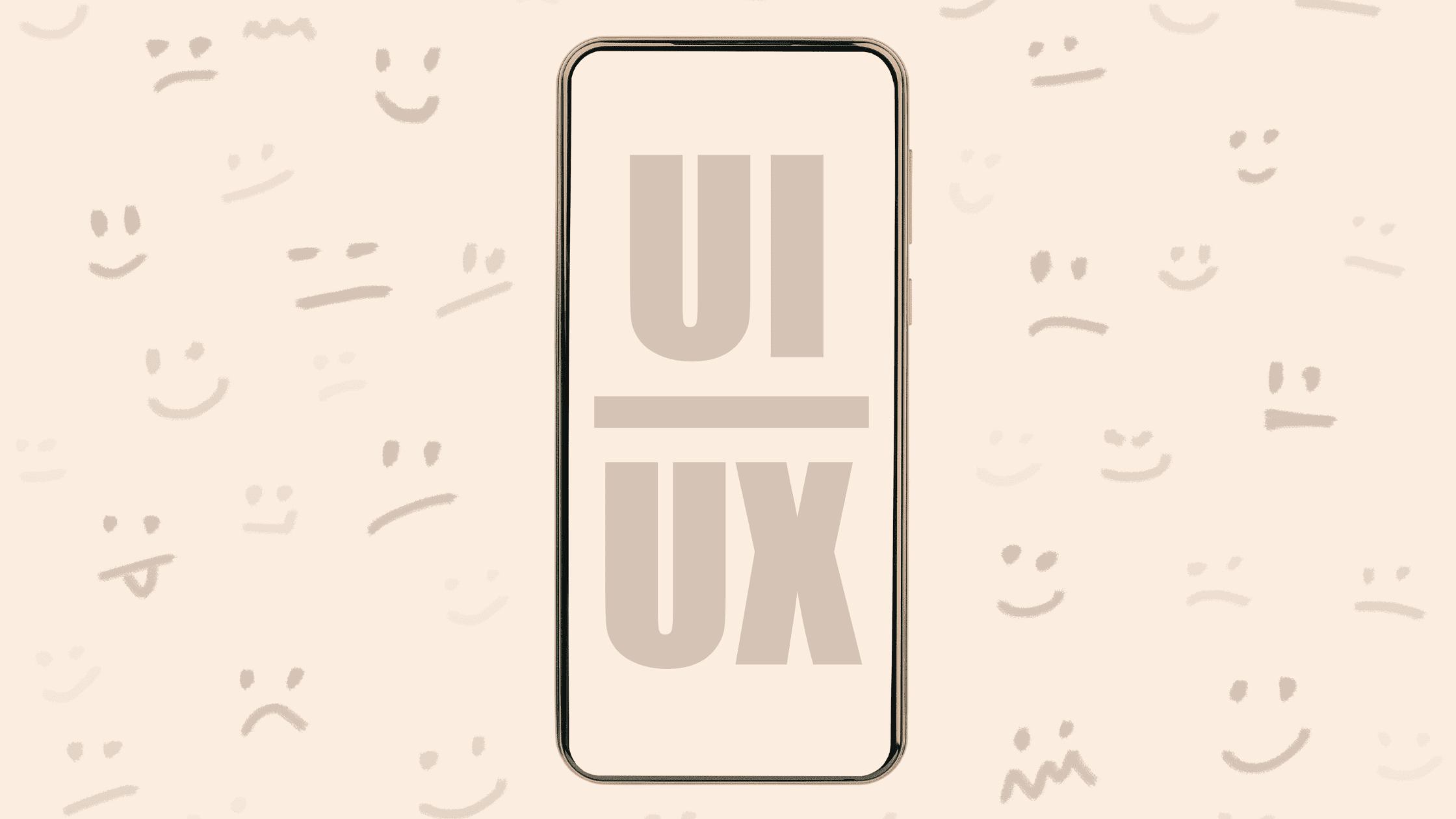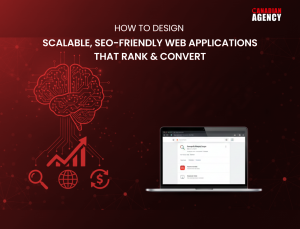Are you struggling to hire the perfect UI/UX designer for your team? You’re not alone. The process of discovering, assessing, and recruiting top-tier UI/UX talent can be a daunting challenge for even the most seasoned hiring managers.
User experience is king – we all know that. Undoubtedly, a pre-vetted UI/UX designer can make or break your product’s success. But with the ever-increasing expectations from and sky-rocketing demand for skilled UI/UX designers, the lingering question remains: how do you find the ideal candidates in the market? And once you’ve found them, how do you evaluate their skills and convince them to join your company?
This blog will shed light on the entire process of hiring UI/UX designers, from the initial search to the final offer. Whether you’re a startup founder, product manager, or HR professional, we’ll provide you with insider tips and proven strategies to recruit top talent to your team successfully. So, let’s get started!
When do you need to hire a UI/UX designer?
Crucial for your product’s success is identifying the right time to hire a UI/UX designer on board. Here are some of the key scenarios that signal it’s time to hire:
- Launching a New Product
- Redesigning an Existing Product
- Expanding to New Platforms or Devices
- Addressing Accessibility Concerns
- Scaling Your Product or Business
- Staying Ahead of the Curve
1. Launching a New Product
When you’re developing a new digital product, whether it’s a mobile app, website, or software, the role of a UI/UX designer is essential from the start. They can:
- Conduct user research to understand your target audience
- Create user personas and journey maps
- Develop information architecture and wireframes
- Design intuitive interfaces that align with user needs
Involving a UI/UX designer early in the process can save time and resources by ensuring your product is user-centered from conception.
2. Redesigning an Existing Product
We need to hire a UI/UX designer when a product needs redesigning. The ideal time to add a UI/UX designer to the team is when your current product is experiencing.
- High bounce rates
- Low engagement metrics
- Negative user feedback
- Outdated visual design
3. Expanding to New Platforms or Devices
When you’re adapting your product for different platforms (e.g., web to mobile) or devices (e.g., smartphone to tablet), onboarding a UI/UX designer is crucial. They ensure:
- Consistent user experience across platforms
- Optimized interfaces for different screen sizes and interactions
- Adherence to platform-specific design guidelines
4. Addressing Accessibility Concerns
If you need to improve your product’s accessibility for users with disabilities or comply with accessibility standards (e.g., WCAG), a UI/UX designer with expertise in inclusive design is invaluable.
5. Scaling Your Product or Business
In case your user base grows or you expand into new markets, a UI/UX designer can help you in these aspects:
- Adapt the interface for different cultural contexts
- Design for increased user volume and diverse use cases
- Create design systems for consistent, scalable product development
Top UI/UX Design Trends
6. Staying Ahead of the Curve
If your competitors are outshining you in terms of user experience and visually appealing interfaces, it’s time to invest more in UI/UX design. A skilled designer can analyze competitor products, identify opportunities for differentiation, and create innovative solutions that give you a competitive edge.

Steps to hire a UI/UX designer?
In collaboration with our team of skilled UI/UX designers, here we have penned down a step-by-step approach to guide you in the hiring process of UI/UX designers:
- Define Your Business Needs
- Create a Compelling Job Description
- Identify Suitable Candidates
- Evaluate the Designer’s Portfolios
- Conduct Interviews
- Assign Test Tasks
- Check References
- Make a Decision
- Onboarding and Integration
1. Define Your Business Needs
Before initiating the hiring process, it’s crucial to clearly define what you’re looking for in a UI/UX designer. This step sets the foundation for a successful hire and ensures alignment with your company’s goals.
Do’s:
- Identify specific skills required for your project (e.g., user research, wireframing, prototyping, interaction design)
- Determine the level of experience needed (junior, mid-level, senior) based on project complexity and team structure
- Consider whether you need a specialist (UI or UX) or a generalist (UI/UX) depending on your project requirements and existing team composition
- Align the role with your company’s long-term goals and design vision to ensure the new hire can contribute to future growth
- Consider the designer’s potential role in shaping product strategy and user experience beyond just creating visuals
Don’ts:
- Avoid being too vague about the role’s responsibilities, as this can lead to mismatched expectations
- Don’t overlook the importance of soft skills like communication, teamwork, and adaptability
- Avoid creating an unrealistic “unicorn” job description that no one can fulfill, as this can deter qualified candidates
2. Create a Compelling Job Description
Your job posting is often the first interaction candidates have with your company, so it’s essential to make it count. A well-crafted job description can attract top talent and set the stage for successful recruitment.
Do’s:
- Clearly outline the role’s responsibilities and required skills, providing specific examples of projects or tasks
- Highlight your company culture and values to attract candidates who align with your organization
- Include information about exciting projects or challenges the designer will tackle to spark interest
- Specify any required software proficiencies (e.g., Figma, Sketch, Adobe XD) and mention if you’re open to candidates learning new tools
- Emphasize opportunities for professional growth and development within your organization
- Include salary range and benefits information to attract serious candidates and save time in the hiring process
Don’ts:
- Avoid using jargon or buzzwords that might deter qualified candidates or make your company seem unapproachable
- Don’t list too many “required” skills – focus on the essentials and list “nice-to-have” skills separately
- Avoid gender-biased language that might discourage diverse applicants and limit your talent pool
- Don’t be overly rigid in requirements – allow room for candidates with transferable skills or unique backgrounds
3. Identify Suitable Candidates
Casting a wide net is crucial to finding the best talent. Utilize various channels and strategies to reach a diverse pool of qualified candidates.
Do’s:
- Utilize professional networks like LinkedIn and Behance to find and engage with potential candidates
- Post on job boards specific to design roles (e.g., Dribbble, AIGA) to reach designers actively seeking opportunities
- Attend design meetups and conferences to network with potential candidates and stay current with industry trends
- Consider working with specialized design recruitment agencies to access their network of pre-screened candidates
- Leverage your company’s social media presence to showcase your design culture and attract passive candidates
- Encourage employee referrals by offering incentives for successful hires
Don’ts:
- Don’t rely solely on general job boards, as they may not reach the most qualified design candidates
- Avoid overlooking internal candidates or employee referrals, as they can be valuable sources of talent
- Don’t dismiss freelancers or contractors who might be open to full-time roles – they can bring valuable experience
- Avoid limiting your search to only local candidates if remote work is a possibility for your team
4. Evaluate the Designer’s Portfolios
A designer’s portfolio is undoubtedly their most important asset. Review it carefully to assess their skills, style, and problem-solving abilities.
Do’s:
- Look for a diverse range of projects that demonstrate versatility and adaptability
- Pay attention to the design process, not just the final product – look for case studies that explain their approach
- Consider how their style aligns with your brand and product needs, but also their ability to adapt to different styles
- Look for evidence of problem-solving skills and user-centered design thinking in their work
- Assess their ability to communicate design decisions and rationale through their portfolio presentation
- Consider reaching out for clarification or additional information about specific projects that interest you
Don’ts:
- Don’t judge solely based on aesthetics – consider usability, functionality, and the problem being solved
- Avoid dismissing candidates with non-traditional backgrounds or education – focus on the quality of their work
- Don’t overlook case studies that explain the designer’s process and impact – these can provide valuable insights
- Avoid making assumptions about a designer’s capabilities based solely on the industries represented in their portfolio
- Don’t discount candidates whose style doesn’t perfectly match your brand – skilled designers can adapt
5. Conduct Interviews
Interviews are essential to evaluate the credentials and prowess of UI/UX designers. Use this opportunity to assess both technical skills and cultural fit.
Do’s:
- Prepare a mix of behavioral and situational questions to understand how candidates approach design challenges
- Include team members from different departments in the interview process to get diverse perspectives
- Ask about their design process and how they handle feedback and iteration
- Discuss their experience with user research and data-driven design decisions to gauge their analytical skills
- Inquire about their collaboration style and experience working with developers, product managers, and other stakeholders
- Allow time for the candidate to ask questions about the role, team, and company
Don’ts:
- Avoid focusing solely on technical skills – soft skills are equally important for successful integration into your team
- Don’t rush the interview process – give candidates time to think and respond thoughtfully
- Avoid asking overly theoretical questions that don’t relate to real-world design scenarios
- Avoid making decisions based on first impressions – consider the candidate’s entire interview performance
6. Assign Test Tasks
A practical test can provide a glimpse of the candidate’s skills, problem-solving abilities, and work process. This step helps you assess how candidates apply their skills to real-world scenarios.
Do’s:
- Create a realistic, time-boxed challenge relevant to your product
- Provide clear instructions and evaluation criteria
- Offer compensation for more extensive design tests
- Use the challenge as a discussion point in follow-up interviews
Don’ts:
- Don’t create overly complex or time-consuming challenges
- Avoid using design tests as free labor for actual product work
- Don’t dismiss unconventional solutions – they might offer valuable insights
7. Check References
References are crucial and can offer insights into a candidate’s work style and capabilities.
Do’s:
- Ask about the candidate’s strengths and areas for improvement
- Inquire about their ability to work in teams and handle feedback
- Verify their role and contributions in previous projects
- Ask if the reference would hire the candidate again
Don’ts:
- Don’t skip reference checks, even if you’re impressed with the candidate
- Avoid asking only yes/no questions – seek detailed responses
- Don’t ignore red flags or inconsistencies in reference feedback
8. Make a Decision
Once you’ve found the right candidate, it’s time to make the final decision by putting an offer on the table that reflects their value.
Do’s:
- Research industry standards for UI/UX designer salaries in your area
- Consider the candidate’s experience and unique skills when determining compensation
- Include details about benefits, professional development opportunities, and work-life balance
- Be open to negotiation, especially for highly qualified candidates
Don’ts:
- Don’t lowball your offer – it may lead to losing top talent
- Avoid making verbal offers – always provide written details
- Don’t rush the candidate to make a decision – give them time to consider the offer
9. Onboarding and Integration
The first few days will be tough for the new employee, and it might take some time for the designer to settle into the new environment. That is where the role of HR in the smooth onboarding process is pivotal. Keep in mind that a thorough onboarding process can slowly but surely set your new UI/UX designer up for success.
Do’s:
- Provide a comprehensive overview of your products, users, and design processes
- Introduce them to key team members and stakeholders
- Set clear expectations and goals for their first few months
- Assign a mentor or buddy to help them navigate the company culture
Don’ts:
- Don’t throw them into projects without proper context
- Avoid overwhelming them with too much information at once
- Don’t neglect regular check-ins during their first few months

Importance of UI/UX design in modern business
The pertinent role of UI/UX design cannot be ignored in today’s digital-first business landscape. Here’s why it’s significant for your target audience:
1. Enhanced User Satisfaction
- Creates intuitive, enjoyable interfaces that meet user expectations
- Reduces user frustration and cognitive load
- Improves overall product experience, leading to higher customer satisfaction
2. Increased Conversion Rates
- Improved user journeys from product selection to checkout, making it easier for customers to complete desired actions
- Reduces friction in the purchasing process
- Encourages user engagement and repeat visits
3. Brand Differentiation
- Sets your product apart in a crowded market
- Communicates brand values through visual and interactive elements
- Creates memorable experiences that foster brand loyalty
4. Cost Efficiency
- Reduces development costs by identifying and solving issues early
- Decreases customer support needs by creating more intuitive interfaces
- Minimizes the need for extensive user training
5. Improved Accessibility
- Ensures your product is usable by people with diverse abilities
- Expands your potential user base
- Demonstrates corporate social responsibility
6. Mobile Optimization
- Enables smooth experiences across devices, which is crucial in today’s mobile-first world
- Helps improve the search engine ranking by prioritizing mobile phone users.
Final Thoughts
With the increasing significance attributed to appealing UI/UX designs in the modern era, finding qualified, talented, and professional UI/UX designers is an extremely strenuous task. This blog provides a step-by-step approach to help HR professionals, project managers, and business owners alike in hiring of UI/UX designers.
Why Choose Canadian Software Agency for UI/UX Design Services?
At Canadian Software Agency, we have a team of talented UI/UX designers boasting a number of experience of years in this field. Our portfolio of completed projects, coupled with our impeccable reputation in the region, makes us the ideal choice for your next UI/UX project. Partner with us today and witness the design magic firsthand.




